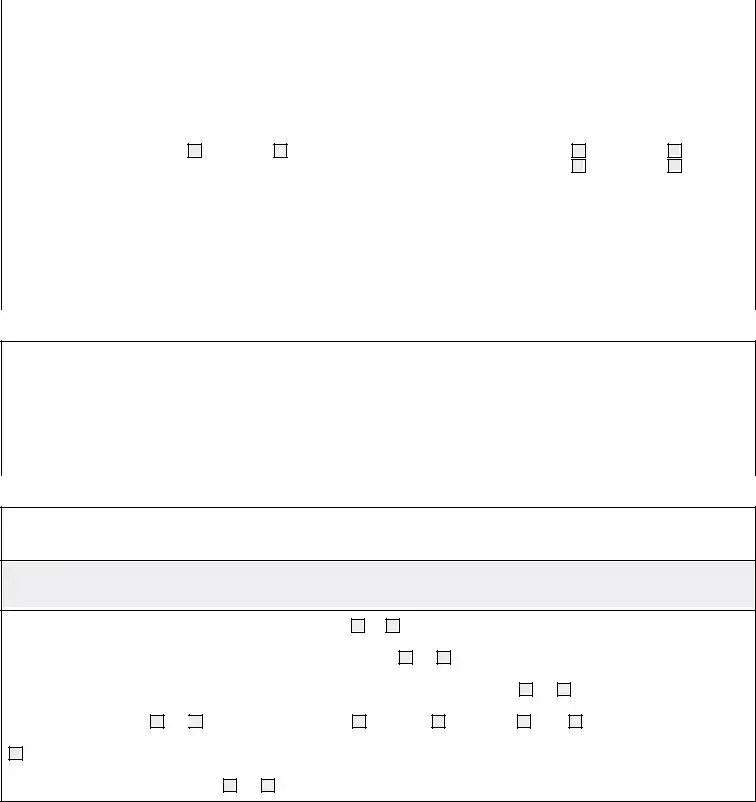The Roof Inspection form is a vital tool used for assessing the condition of residential roofing systems. This form collects a broad range of pertinent information to provide a thorough evaluation of the roof's state. It begins with essential details such as the inspection date, the inspector's name, and the structure information, including its ID, intended use, and type, whether it’s a single-family home, multi-family unit, or other classifications. The form requires contact information for both the owner or manager and the roofing contractor, ensuring clear communication channels for any necessary follow-up. It also prompts inspectors to document previous maintenance and repairs, which can be crucial in understanding the roof's history. Furthermore, the form addresses specific conditions related to roof integrity, such as past leaks, emergency repairs conducted, and any modifications made since the last inspection. With a section dedicated to evaluating various components of the roof, inspectors classify the condition of interior and exterior elements—such as the roof deck, walls, drains, and penetrations—using a straightforward coding system where 'G' represents good, 'F' indicates fair, and 'P' denotes poor condition requiring immediate action. Lastly, this comprehensive form also includes a space for photographic documentation, thereby facilitating a complete historical record for future reference. Overall, the Roof Inspection form serves as an indispensable resource for maintaining the longevity and safety of residential roofs.


 2002O Residential Roof Inspection Form w Midwest Roofing Contractors Association w
2002O Residential Roof Inspection Form w Midwest Roofing Contractors Association w 

 2002O Residential Roof Inspection Form w Midwest Roofing Contractors Association w
2002O Residential Roof Inspection Form w Midwest Roofing Contractors Association w 

 2002O Residential Roof Inspection Form w Midwest Roofing Contractors Association w
2002O Residential Roof Inspection Form w Midwest Roofing Contractors Association w 

 2002O Residential Roof Inspection Form w Midwest Roofing Contractors Association w
2002O Residential Roof Inspection Form w Midwest Roofing Contractors Association w 

 2002O Residential Roof Inspection Form w Midwest Roofing Contractors Association w
2002O Residential Roof Inspection Form w Midwest Roofing Contractors Association w 